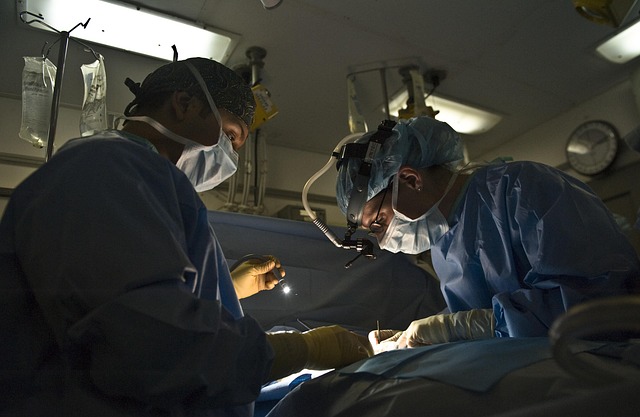Outpatient wart removal involves initial consultation, followed by choice of treatment (cryotherapy, surgery, topical, laser) based on wart type and location. Potential side effects include temporary redness, swelling, discomfort, and pain, with proper aftercare crucial for recovery. Private clinics offer specialized techniques for faster healing.
Outpatient wart removal has become a popular choice for those seeking swift and effective treatment. Understanding the process is key to easing concerns. This article delves into the various methods used in outpatient wart elimination, exploring how pain management strategies can make the experience more comfortable. We guide you through recovery tips and aftercare advice to ensure successful treatment outcomes, empowering you with knowledge about this common procedure.
- Understanding Outpatient Wart Removal Process
- Common Methods for Wart Elimination
- Potential Side Effects and Pain Management
- Recovery and Aftercare Tips for Successful Treatment
Understanding Outpatient Wart Removal Process
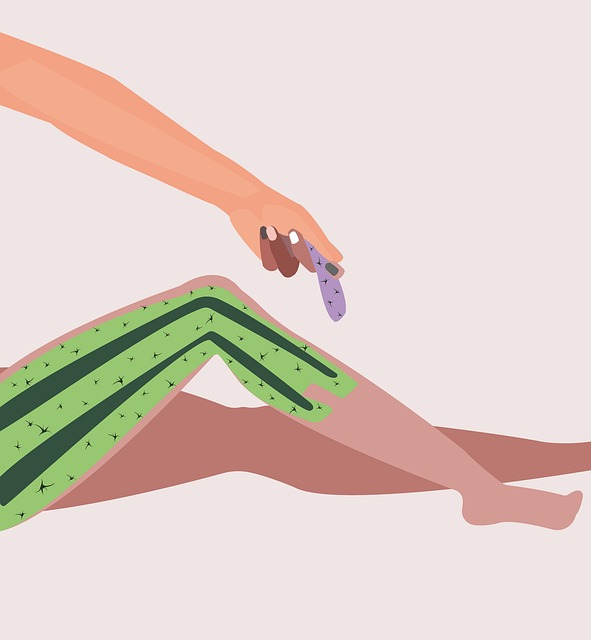
Outpatient wart removal procedure typically involves a visit to a healthcare provider’s office or a specialized clinic. The process starts with an initial consultation where your medical history is reviewed, and the doctor examines the warts to determine their type and severity. Depending on these factors, various techniques are employed to remove them. Common methods include cryotherapy (freezing), surgical excision, and topical treatments. For example, a lancashire Preston wart clinic might offer multiple options tailored to individual patient needs.
During the actual procedure, local anesthesia is often used to minimize discomfort. Cryotherapy, for instance, involves applying liquid nitrogen to freeze and destroy the wart, while surgical excision cuts out the growth. Topical treatments, such as salicylic acid or immunomodulators, are applied over several weeks to encourage the body’s immune system to eliminate the wart naturally. When considering wart removal: what to look for in a clinic, ensure that the healthcare provider has expertise in various techniques and can recommend the most suitable approach based on your specific case.
Common Methods for Wart Elimination
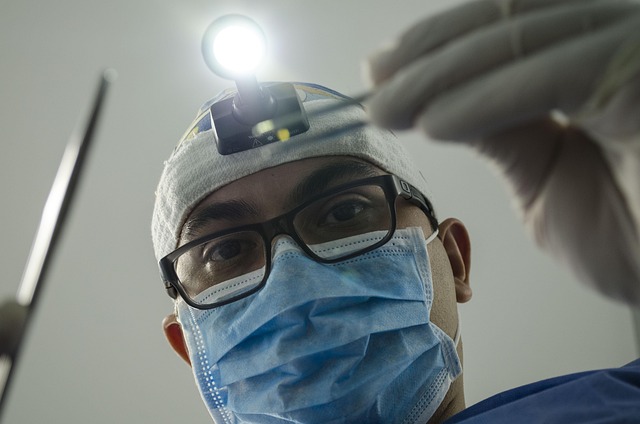
Warts are common skin growths caused by a viral infection, and their elimination is often sought for both cosmetic and medical reasons. There are several methods to remove warts, each with its advantages and considerations. The choice of treatment depends on various factors, including the type of wart, its size and location, and the patient’s overall health and pain tolerance.
Common outpatient wart removal procedures include cryotherapy (freezing), topical treatments, surgical excision, and laser therapy. Cryotherapy involves applying liquid nitrogen to freeze and destroy the wart, often repeated over several sessions. Topical medications, such as salicylic acid or immunomodulators, are applied directly to the wart to stimulate the body’s immune response and remove it. Surgical excision is a quick procedure where the wart is cut out, while laser therapy uses light energy to burn away the wart tissue. The Wakefield Wart Clinic offers various wart removal options for kids and adults, comparing wart removal cost as part of their comprehensive service.
Potential Side Effects and Pain Management
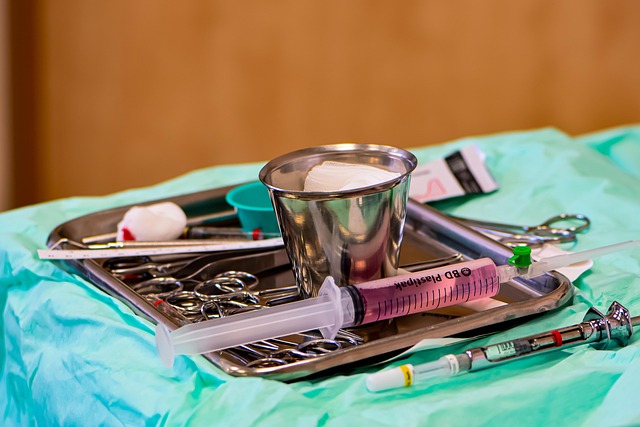
Outpatient wart removal procedures, while generally less invasive than other surgical options, still carry potential side effects. Common issues include temporary redness, swelling, and discomfort at the treatment site. Some individuals may also experience mild bruising or pain, especially if the warts are deeply embedded or in sensitive areas like fingers or toes. These symptoms typically subside within a few days to a week.
Effective pain management is crucial during and after the procedure. Healthcare providers often recommend over-the-counter pain relievers to mitigate discomfort. For more severe cases, topical numbing creams can be applied prior to the treatment. Additionally, keeping the treated area clean and avoiding strenuous activities for a brief period can aid in faster healing and reduce adverse reactions. For those seeking private wart removal services in Salford or considering options at Canterbury wart clinic, understanding these potential side effects and available pain management strategies is essential for making an informed decision.
Recovery and Aftercare Tips for Successful Treatment
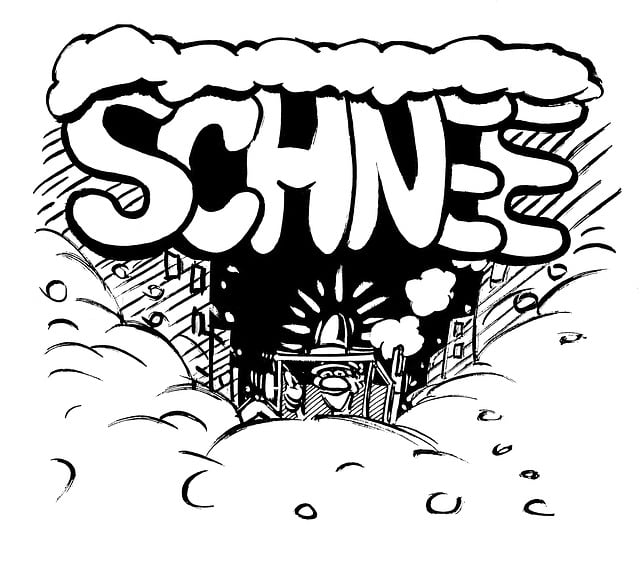
After an outpatient wart removal procedure, it’s crucial to follow specific aftercare tips to ensure a successful recovery. The first 24-48 hours are critical; keep the treated area clean and dry, avoiding any harsh scrubbing or soaking. A mild antiseptic solution can be used to cleanse the site gently. Over-the-counter pain relievers like ibuprofen or acetaminophen can help manage any minor discomfort during this period. It’s important to leave the bandage or dressing in place until instructed otherwise by your healthcare provider, typically for a few days.
Once the initial protection is removed, apply a thin layer of over-the-counter antibiotic ointment and cover with a sterile bandage to keep the area clean and prevent infection. Avoid touching or picking at the treated wart, as this can introduce bacteria and slow down healing. In the case of wart removal options for kids, parents should monitor their child’s comfort level and ensure they understand the importance of keeping the area clean. For those seeking fast wart removal solutions, remember that complete healing may take several weeks, so patience is key. Private wart removal Bristol offers specialized care with advanced techniques to enhance recovery outcomes.
Outpatient wart removal offers a convenient and effective solution for those seeking to eliminate unsightly warts. While pain levels can vary, modern techniques have significantly improved comfort during the procedure. With proper aftercare, most patients experience positive outcomes with minimal disruption to their daily lives. Understanding the process, choosing the right method, and managing any side effects can ensure a successful and pain-mitigated removal journey.
